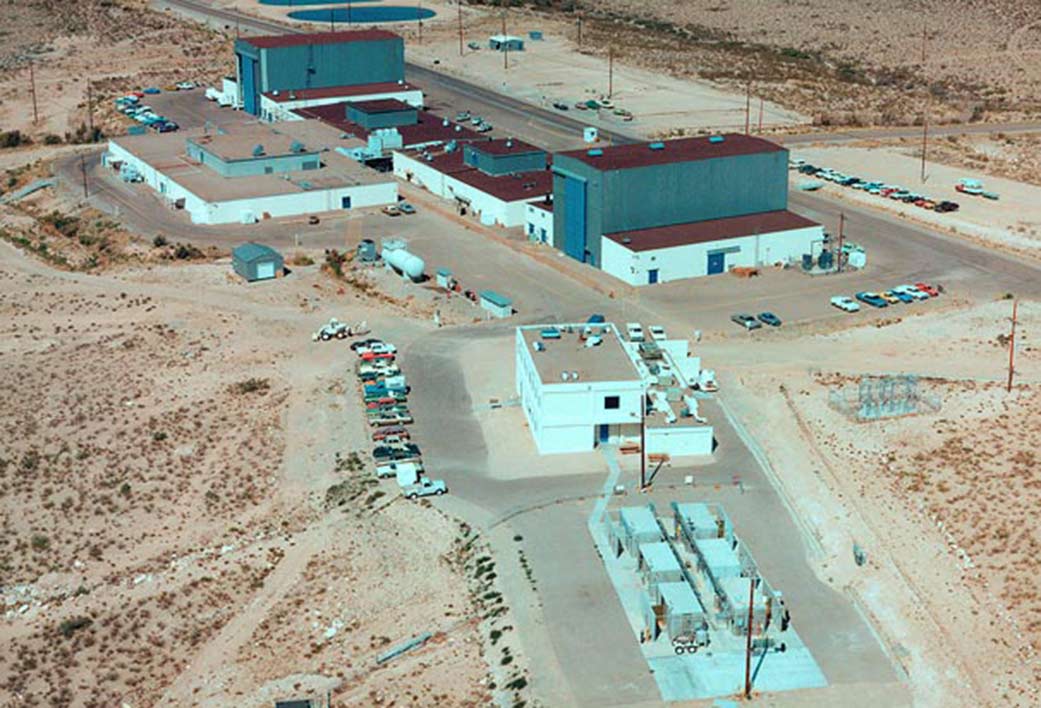After the tragic cabin fire during a launch rehearsal test that killed all three crew members of Apollo 1 in 1967, NASA convened a Review Board to determine the cause of the fire. Although the ignition source could not be conclusively identified, the astronauts’ deaths were attributed to a wide range of lethal design and construction flaws in the early Apollo Command Module. As a result of this incident, White Sands Test Facility’s laboratories were expanded to enable extensive testing of the materials and components related to emerging spacecraft propulsion and power technology and crew safety. We performed pioneering work in metals combustion, oxygen compatibility, propellant hazards, and detonation phenomena. During the Space Shuttle Program, our laboratories tested and evaluated spacecraft material and components for the space shuttles. Repair, refurbishment, and decontamination processes were provided for shuttle flight and ground components. Our employees also worked on numerous projects that kept the space shuttle flying. Shuttle loading, checkout, and turnaround procedures were developed and refined, as well as propellant protection and disposal methods, precision cleaning, and propulsion component refurbishment processes. Over 90% of all nonmetallic materials flown on Apollo and the space shuttle, including payloads, were tested here.
1 min read





























